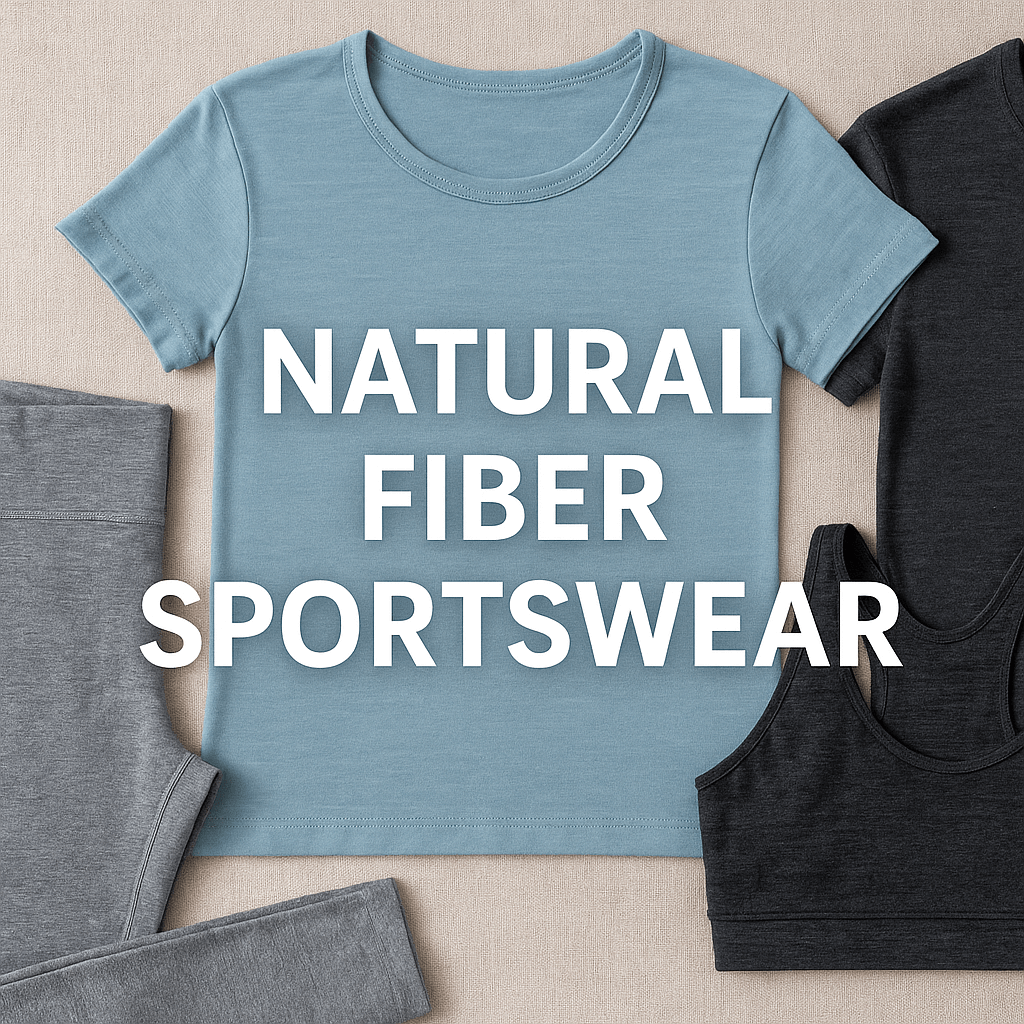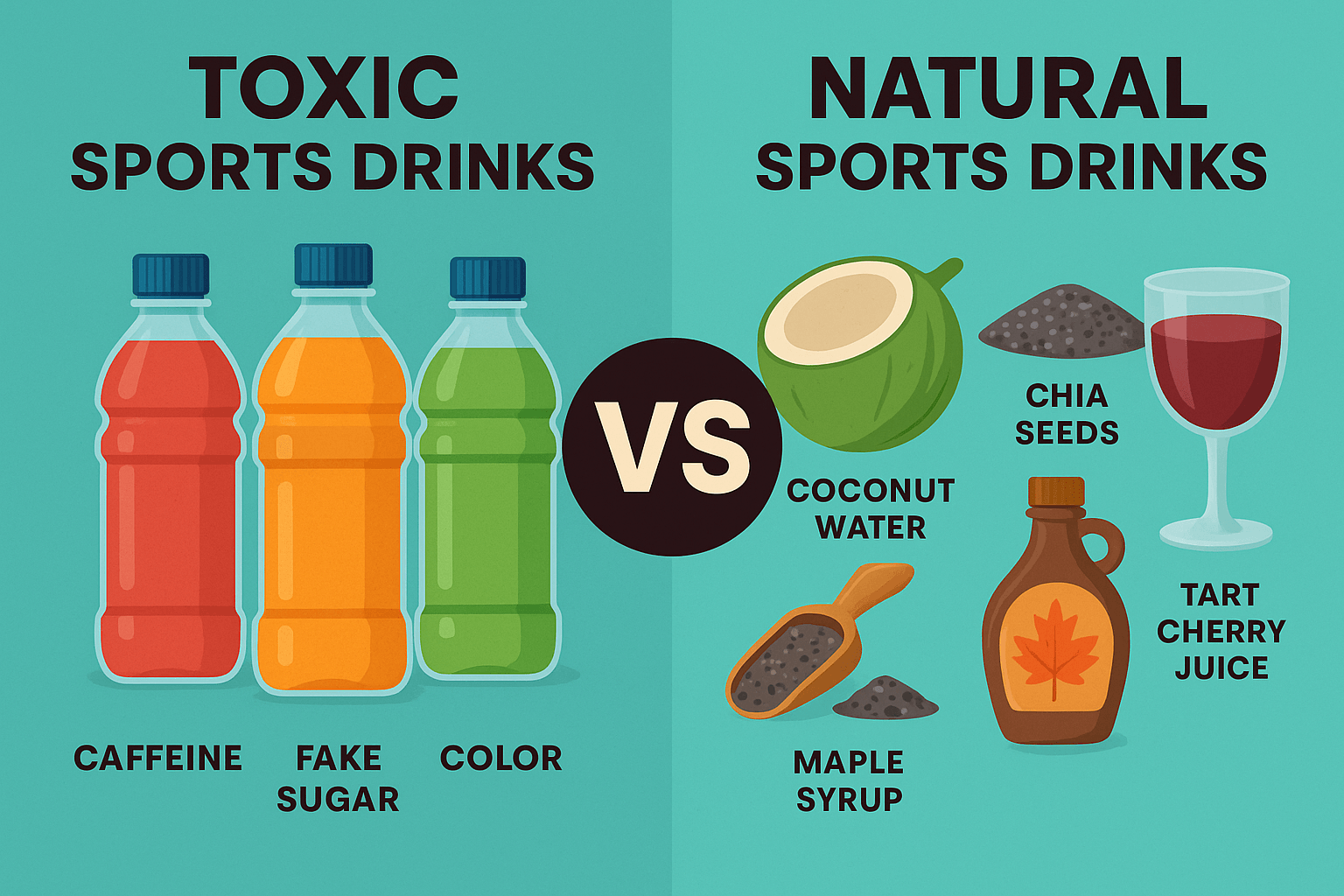Exercise Daily _ Is Polyester or Cotton Better for Gym Clothes?
From the earliest days of civilization, humans have relied on natural fibers to clothe and protect themselves. Whether for comfort, function, or survival, the materials we choose affect our health, energy, and even our performance. But in today’s fitness world, a new debate has emerged: is polyester or cotton better for gym clothes?
History of Natural Fibers in Clothing
Before synthetic materials entered the scene, our ancestors used nature’s finest fibers. Here’s a list of traditional natural fibers that clothed generations:
- Cotton – Soft, breathable, and highly absorbent. Used in Egypt since 5000 BC.
- Linen (Flax) – One of the oldest textiles. Ancient Egyptians used it for its cooling properties.
- Wool – From sheep, goats (cashmere), and alpacas. Provides warmth and moisture regulation.
- Hemp – Durable, antimicrobial, and fast-growing. Used in Asia and Europe.
- Silk – Produced by silkworms, prized for its smooth texture and temperature adaptability.
Benefits of Natural Fibers for Fitness and Energy
Natural fabrics aren’t just comfortable – they offer real performance and wellness benefits that synthetic fibers can’t replicate:
- Temperature Regulation: Cotton and wool breathe naturally, keeping your body cool when it’s hot and warm when it’s cold.
- Skin-Friendly: Free from petroleum-based toxins, they reduce the risk of irritation and allergic reactions.
- Positive Energy Flow: Natural fibers don’t hold static electricity, allowing your body’s bio-energy to flow freely.
- Biodegradability: Natural fibers return to the earth without leaving a trace, making them environmentally friendly.
- Moisture Management: Wool, in particular, can absorb moisture while keeping you dry and odor-free.
The Rise of Sportswear and Synthetic Takeover
With the growth of organized sports in the 20th century, athletes began demanding performance-focused clothing. In the 1950s and 60s, companies like Adidas and Nike emerged. They needed materials that were:
- Lightweight
- Durable
- Stretchable
- Mass-producible
This gave birth to the polyester era.
What is Polyester and Why is It Everywhere?
Polyester is a synthetic plastic fiber derived from petroleum-based chemicals. It was cheap, easy to manufacture, and incredibly strong. As demand for athletic clothing surged in the 1980s and 90s, polyester became the go-to material.
Top sports brands like Nike, Adidas, Under Armour, and Puma began making 90%+ of their activewear lines using polyester. Their reasons:
- Lower costs
- Higher margins
- Global scalability
- “Moisture-wicking” marketing
But There’s a Dark Side to Polyester
Despite its widespread use, polyester comes with serious health and environmental risks:
1. Microplastic Pollution
Every time you wash a polyester shirt, it sheds thousands of microplastic fibers. These microscopic plastics end up in our oceans and, ultimately, in our food and drinking water.
2. Skin Absorption & Performance Harm
Your sweat mixes with polyester’s plastic fibers, forming a chemical cocktail that sits on your skin. Over time, these can potentially leach into your bloodstream and disrupt performance. Studies like this one from the National Institutes of Health (NIH) show potential endocrine disruption from prolonged exposure to synthetic fibers.
3. Static and Bio-Energy Disruption
Polyester holds static charge, which may interfere with the body’s natural electromagnetic field. While under-researched, early findings show static buildup on synthetic clothes can affect muscle response and recovery.
4. Heat Trap
Polyester doesn’t breathe naturally. It might wick moisture, but it can trap heat, increasing your body temperature and risk of overheating – especially in high-intensity workouts.
When Polyester Can Help (In Moderation)
In cold weather or during high-sweat activities (like sprinting or HIIT), polyester’s quick-drying and stretchy properties can offer short-term benefits. However, many brands now blend polyester with natural fibers to balance performance and safety.
Scientific Summary: Pros & Cons
| Material | Pros | Cons |
|---|---|---|
| Cotton | Soft, breathable, eco-friendly | Holds moisture longer, can feel heavy |
| Wool | Moisture-wicking, odor-resistant, thermal | More expensive, delicate wash care |
| Polyester | Dries fast, lightweight, stretchable | Plastic-based, traps odor, may harm skin/lungs |
Best Natural Fiber Workout Gear on Amazon
Here are highly rated, breathable gym clothing items made from only cotton or wool. No synthetics. No plastics:
Best Natural Fiber Gym Clothes (Cotton + Wool)
Skip the plastics. Here are top-rated, breathable fitness clothes made from 100% natural fibers:
Top Natural-Fiber Workout Gear (Merino Wool vs Organic Cotton)
Here are Exercise Daily’s top picks for gym clothing made from 100% natural fibers — no polyester, no microplastics. These are perfect for clean sweat, breathable comfort, and long-term energy flow.
All of these gym wear items are free from plastic, polyester, and microfibers — allowing you to move, sweat, and breathe naturally. Aligned with Exercise Daily’s mission to clean up fitness — one rep at a time.
🎥 Watch: Cotton vs Polyester – The Shocking Truth
Prefer to watch? This 2-minute breakdown explains why your gym clothes could be helping — or harming — your performance and energy.
Conclusion: Choose Wisely, Exercise Naturally
So, is polyester or cotton better for gym clothes? The answer depends on your goals. If you prioritize natural energy, clean sweat, and skin-friendly comfort, organic cotton and merino wool outperform synthetic options every time. But for short-term performance needs, some blends may make sense.
At Exercise Daily, we believe your health is more than your reps. It’s what you wear, what you breathe, and what you sweat into.
Eat daily, sleep daily, exercise daily.





